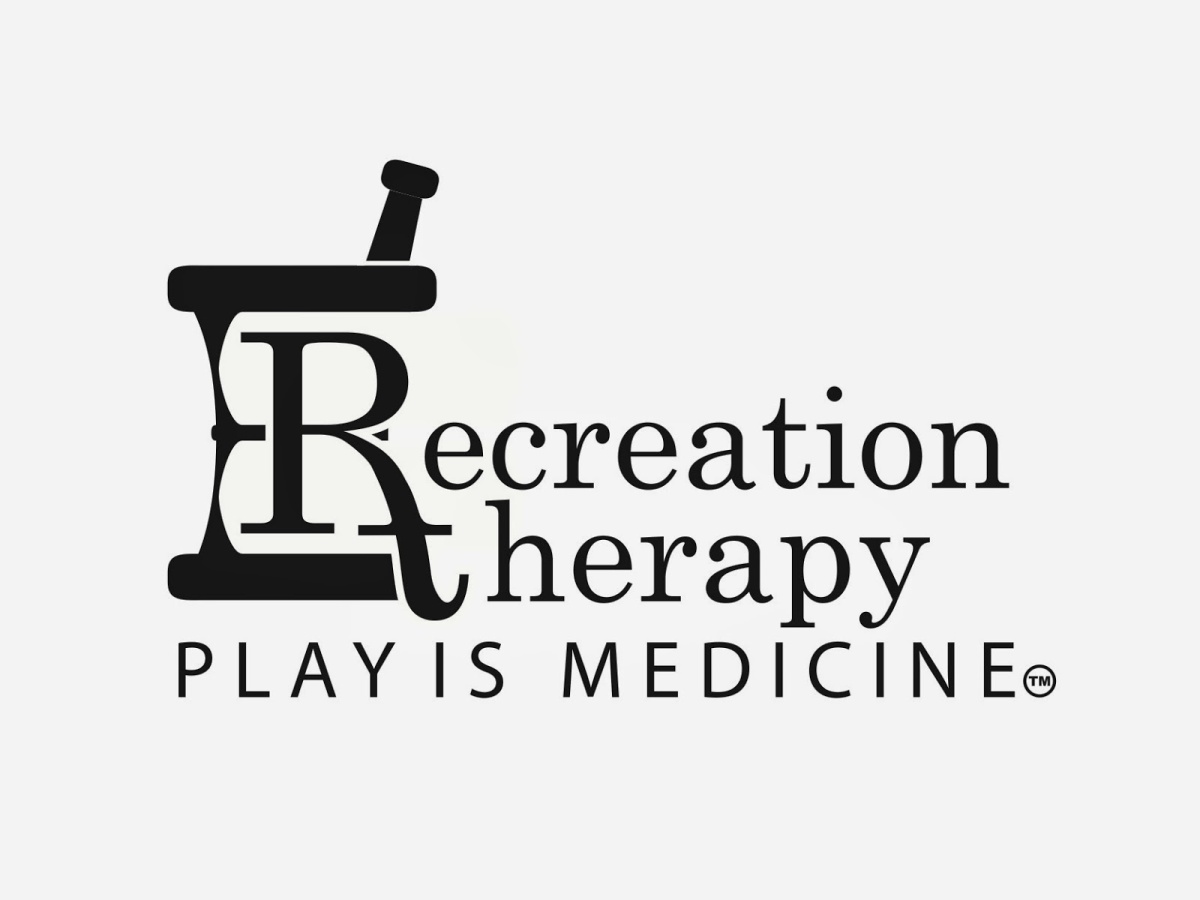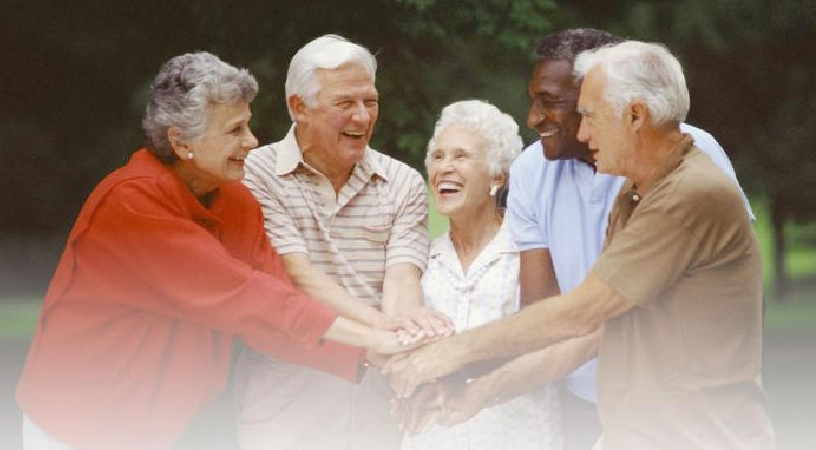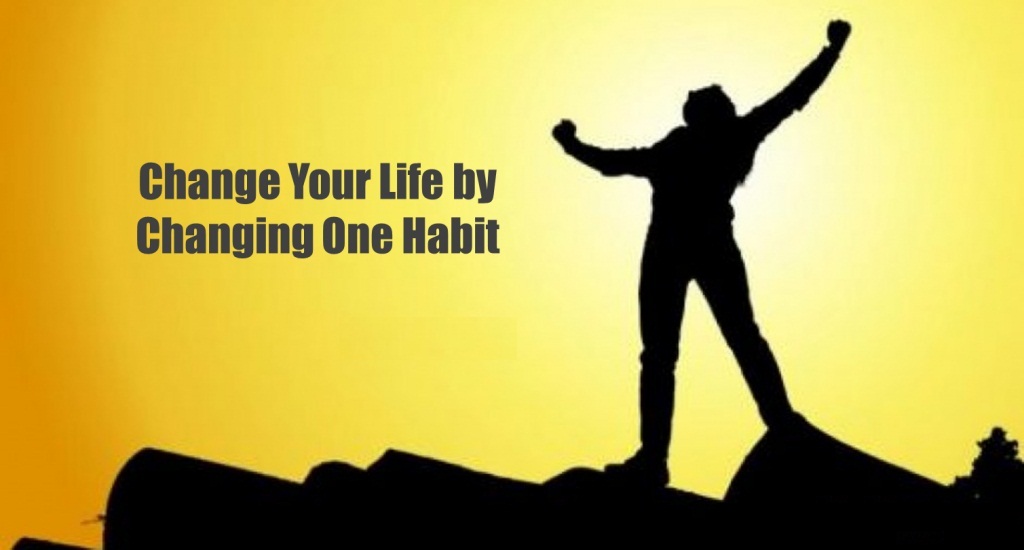Remember the days when you had recess in the morning and either at lunchtime or in the afternoon? You ran around with your friends, sometimes played games or sometimes played on whatever equipment was on the playground. Besides us as kids getting a break, the teachers got a break also from standing in front of the class and trying to educate while making sure nobody misbehaved. Aside from “the bad kid” most days everyone got along and class ran smoothly.

Fast forward to today’s culture of low to no opportunities for physical activity in most schools. Kids are in class longer, no recess or playtime even at lunch, and a lot more homework than adults ever remember in elementary and junior high. In fact, taking away recess and PE are now punishments which end up being inflicted upon the teacher because now kids are more riled up and harder to handle. Now add in the waivers and ease of getting out of PE for worthless reasons like “my child gets out of breath when running.” Really? No kidding, what an update. Maybe your child needs to run in addition to you, Mr. & Mrs. Overweight Parent.

Where does this culture start? At the top of the food chain, like any other company and organization. The attitudes of principals and administrators on physical activity and education plays a direct role in how much your child gets daily and weekly. When was the last time your school’s principal or administrator truly got out and observed PE like they do for math, science, and language arts? PE teachers need accountability and steps for improvement like all other subjects. Rolling the ball out and making kids stand in line doesn’t teach them physical education. It’s recess and lack of caring by the top down. As parents, you have the right to have PE actually teach something to your children.

What’s the dirty secret all these educational experts don’t want you to know?
Physical activity and true physical education make your kids smarter!
Don’t believe me? Maybe Harvard Medical School can convince you.

Yep, that’s right. Getting out of the classroom to move around reduces behavior problems and helps their brains to grow. Inflicting endless hours of homework and more classroom time hasn’t done us the good they promised decades ago. The result is higher obesity, higher healthcare costs, lazier society with entitlement, and more “psychological” problems. All of this can be reduced or eliminated with some fun and movement. But SSSHHHHHHH don’t tell school administrators this. They still think higher test scores come from Common Core.
Don’t be too hard on them though. They just need some light shared on the benefits of physical activity and physical education. Help them by letting companies like Movement Academy shed light on the subject. In the end everyone truly does win by moving around more. The conclusion, be vocal with your school leaders to ensure they are maximizing physical activity and physical education. Let us help you, email us at info@movementacademy.net.
#thoughtfulthursday #education #teacher #school #parents



















